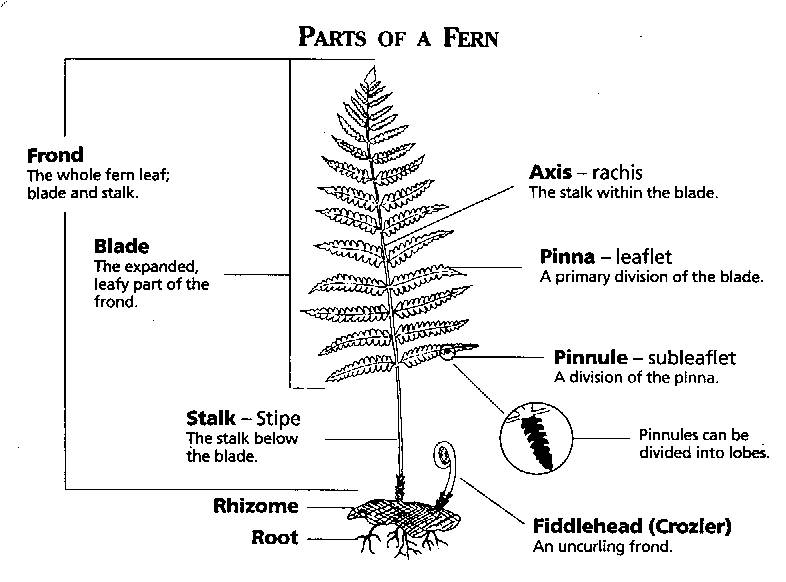Plant kingdom-3
Plant Kingdom (Part 3)
Pteridophyte
Pteridophytes are the first terrestrial vascular plants. having xylem and phloem.
Carolus Linnaeus classified them under the group Cryptogamae.
Pteridophytes occupy a transitional position between bryophytes and spermatophytes.
They do not produce flowers and seeds, hence they are also called Cryptogams.
More than 12,000 species of Pteridophytes are found on Earth. The word ‘Pteridophytes’ comes from the Greek word Pteron meaning “feather” and python meaning “plants.”
They are found in cool and damp shady places.
Their main body is sporophyte and is differentiated in root ,stem and leaves.
Characteristics of Pteridophytes
Some of the basic features of Pteridophytes are mentioned below.
They mainly thrive in moist and shady places. Some also grow in sandy soils.
The main plant body has well-differentiated roots, stem and leaves. It is called a sporophyte.
The stem is an underground rhizome.
Some Pteridophytes have small leaves called microphylls (e.g lycopodium) and some have large leaves called megaphylls (e.g Pteris).
Leaves may also have spores on the underside. Such leaves are called sporophylls.
Plants are flowerless and seedless. They reproduce by means of spores.
Sometimes the sporophylls form compact structures known as cones or strobili.
A well-developed vascular system with xylem (for conduction of water) and phloem (for conduction of food) is present.

Image: Parts of Pteridophytes
The Life Cycle of Pteridophytes
There is an alternation of generation in the lifespan of Pteridophytes. This is known as metagenesis. Just like in the seed-bearing plants and mosses there is a diploid generation alternating with a haploid generation. The diploid generation is the sporophyte that produces the spores. The haploid generation is the gametophyte that produces the gametes. Both the sporophyte and gametophyte are independent and free living.
Sporophyte Generation
Some of the important features of the sporophyte generations are mentioned below.
This is the dominant and longer phase than the gametophyte generation.
The plant produces spores which are carried away by the wind to far off places.
The spores are produced by spore mother cells through meiosis.
Most plants produce similar spores. Such plants are called homosporous. E.g Lycopodium.
Some plants are heterosporous as they produce two kinds of spores; microspores and macrospores. E.g Selaginella.
Microspores produce male antheridia and megaspores produce female archegonia.
Under favourable conditions, these spores germinate into small independent gametophytes called prothallus.
Gametophyte Generation
Important features of the gametophytic stage are mentioned below.
The prothallus (gametophyte) can grow only in a moist and cool shady place. Their growth is restricted to only a few places.
Gametophytes are multicellular and photosynthetic.
They bear male and female sex organs.
The male sex organ is called antheridia and the female sex organ is called archegonia.
The sperm in antheridia fuses with the egg in archegonia resulting in the formation of a zygote.
The zygote later develops into a multicellular sporophyte.
Thus the life cycle of Pteridophyte gets completed.
(Image will be uploaded soon)

Examples of Pteridophytes
There are many types of Pteridophytes. Common examples include:
Club mosses- Lycopodium
Spikemosses- Selaginella
Quillworts- Isoetes
Horsetails- Equisetum
Ferns- Pteris, Marsilea, Dryopteris